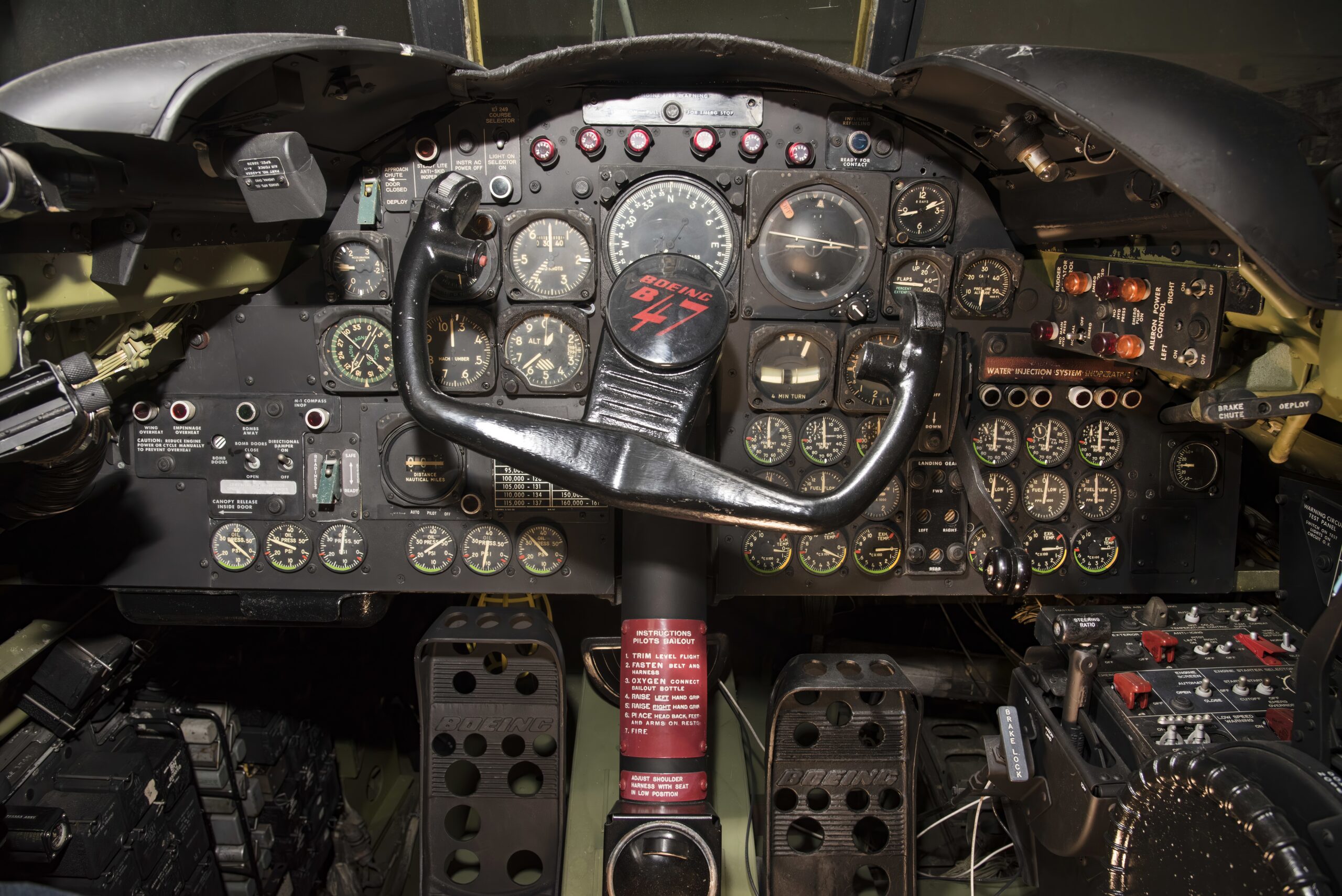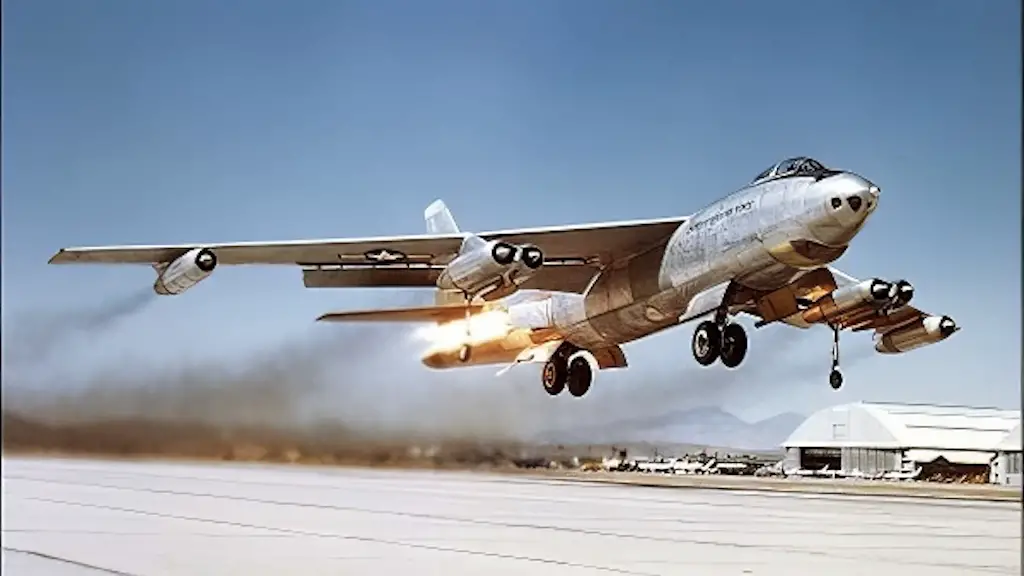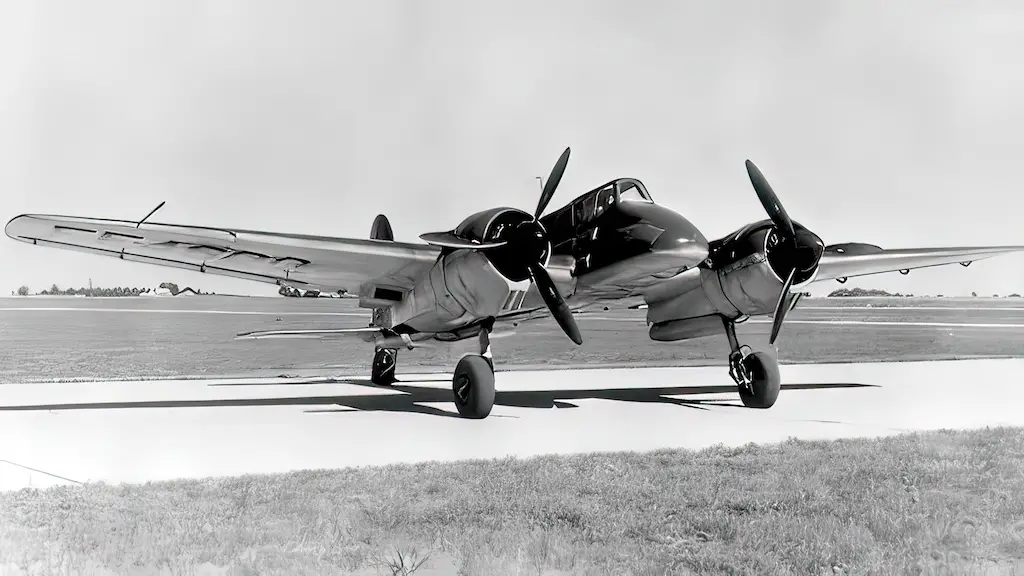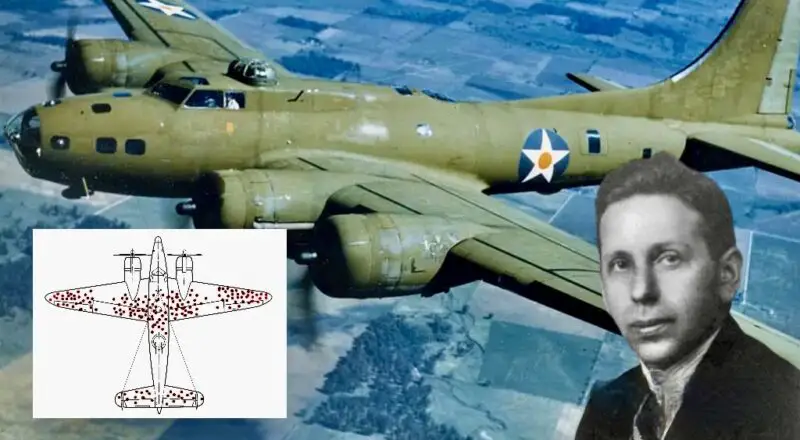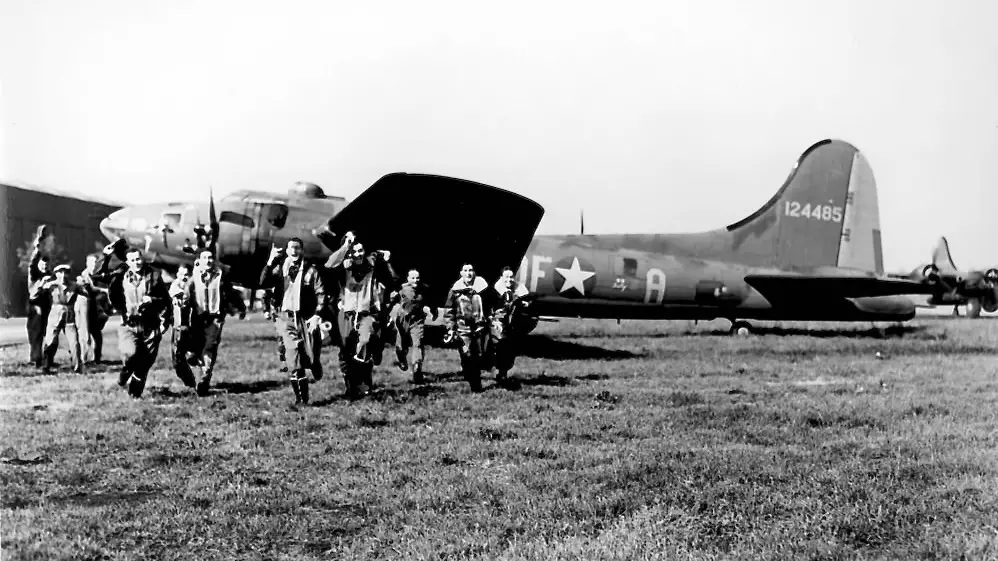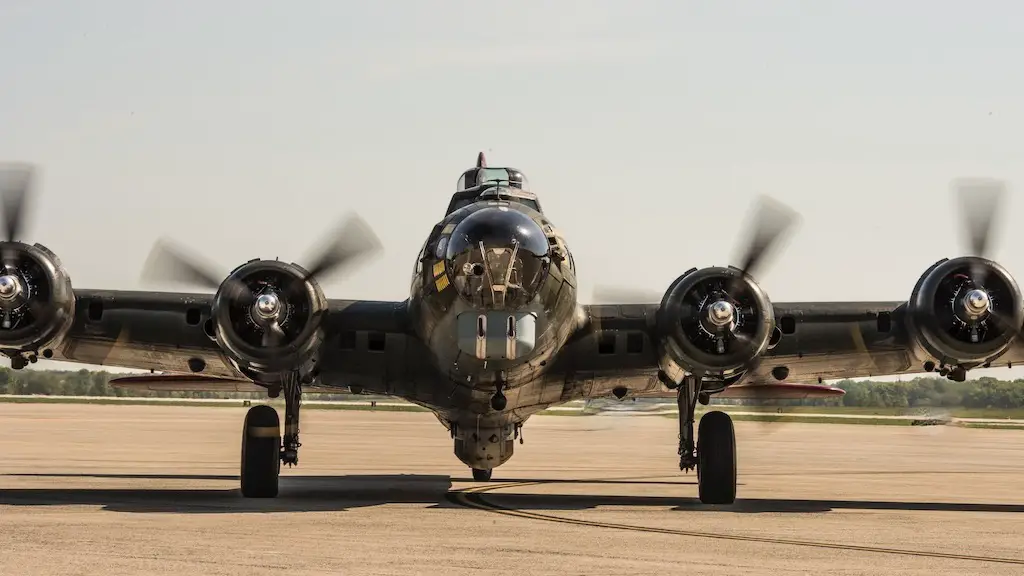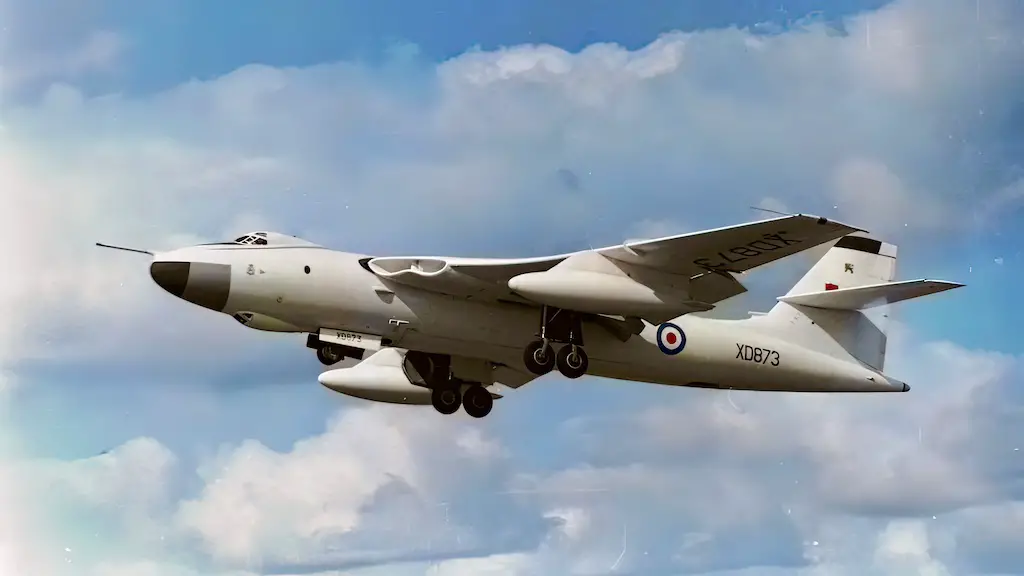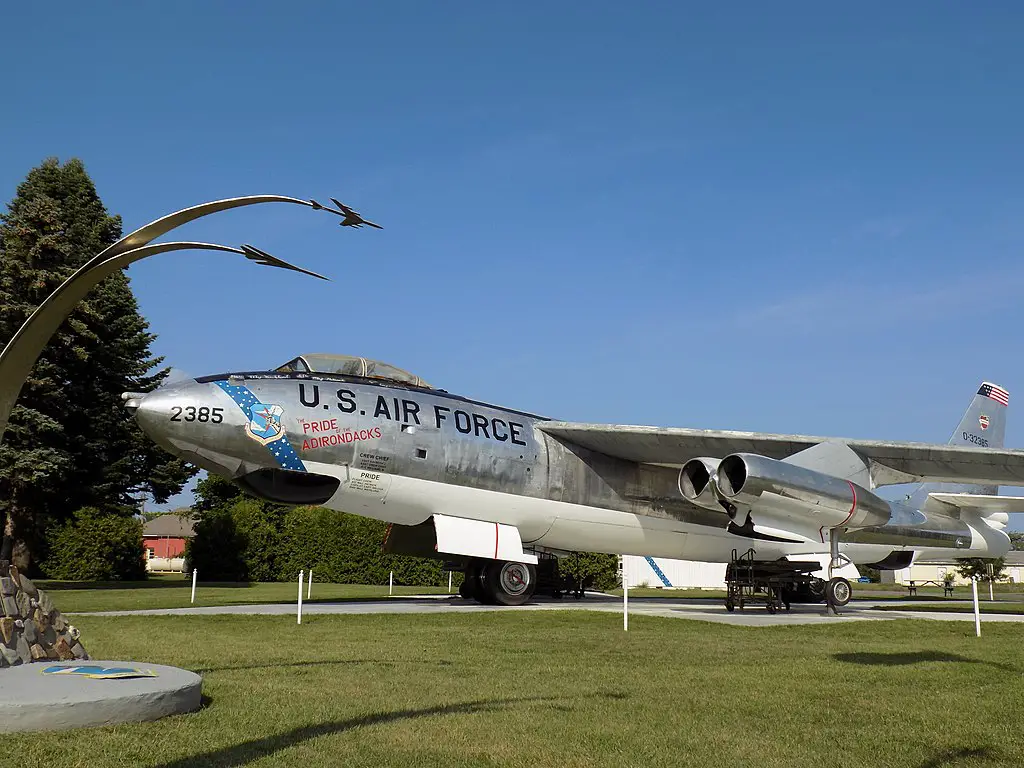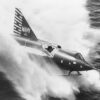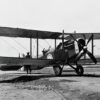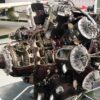Forging a New Path in the Sky
The Boeing B-47 Stratojet stands as a monumental figure in aviation history, emerging from the aftermath of World War II as a beacon of innovation and design. This aircraft, as the first jet-powered and swept-wing bomber in the US Air Force, not only symbolized the transition into the jet age but also redefined aerial warfare and aviation design for generations to come.
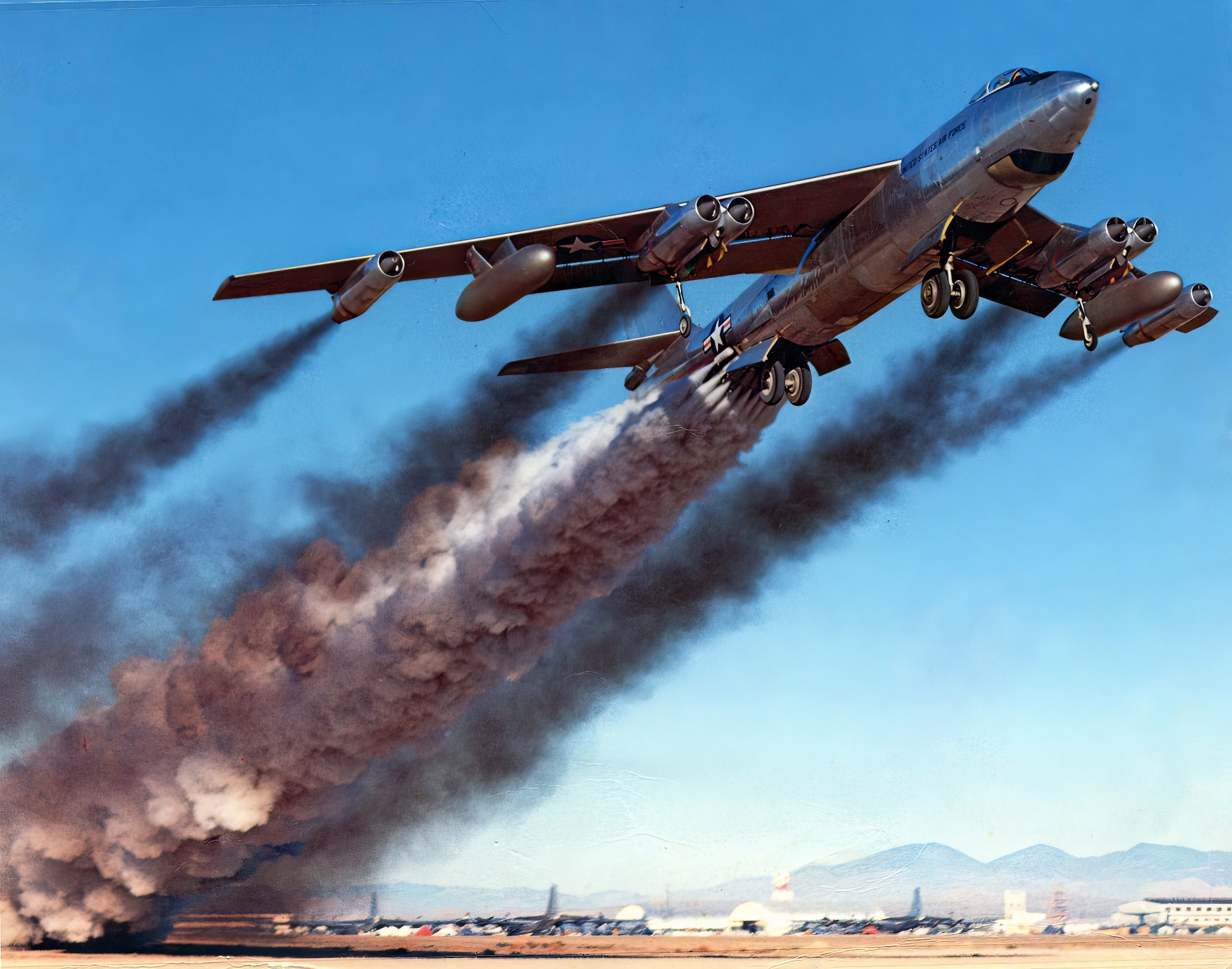
Throughout the Cold War, the B-47 served as the backbone of the United States’ Strategic Air Command (SAC), assuming a critical role as a nuclear bomber. The Stratojet’s crews, ever ready to deploy at a moment’s notice, represented the sharp edge of America’s strategy to deter Soviet aggression. With training that enabled some to take off within 15 seconds of one another, the B-47 solidified its position as a key element of the U.S. nuclear triad, providing an unmatched nuclear strike force capability.
The B-47 drastically altered the landscape of aviation design, introducing the efficiency and viability of jet-powered, swept-wing aircraft. This revolutionary design originated from a pivotal moment when Boeing engineers, utilizing swept-wing jet data from a German laboratory, envisioned the B-47. With engines mounted on pylons beneath its wings, the aircraft set a new standard, influencing all subsequent large aircraft designs.
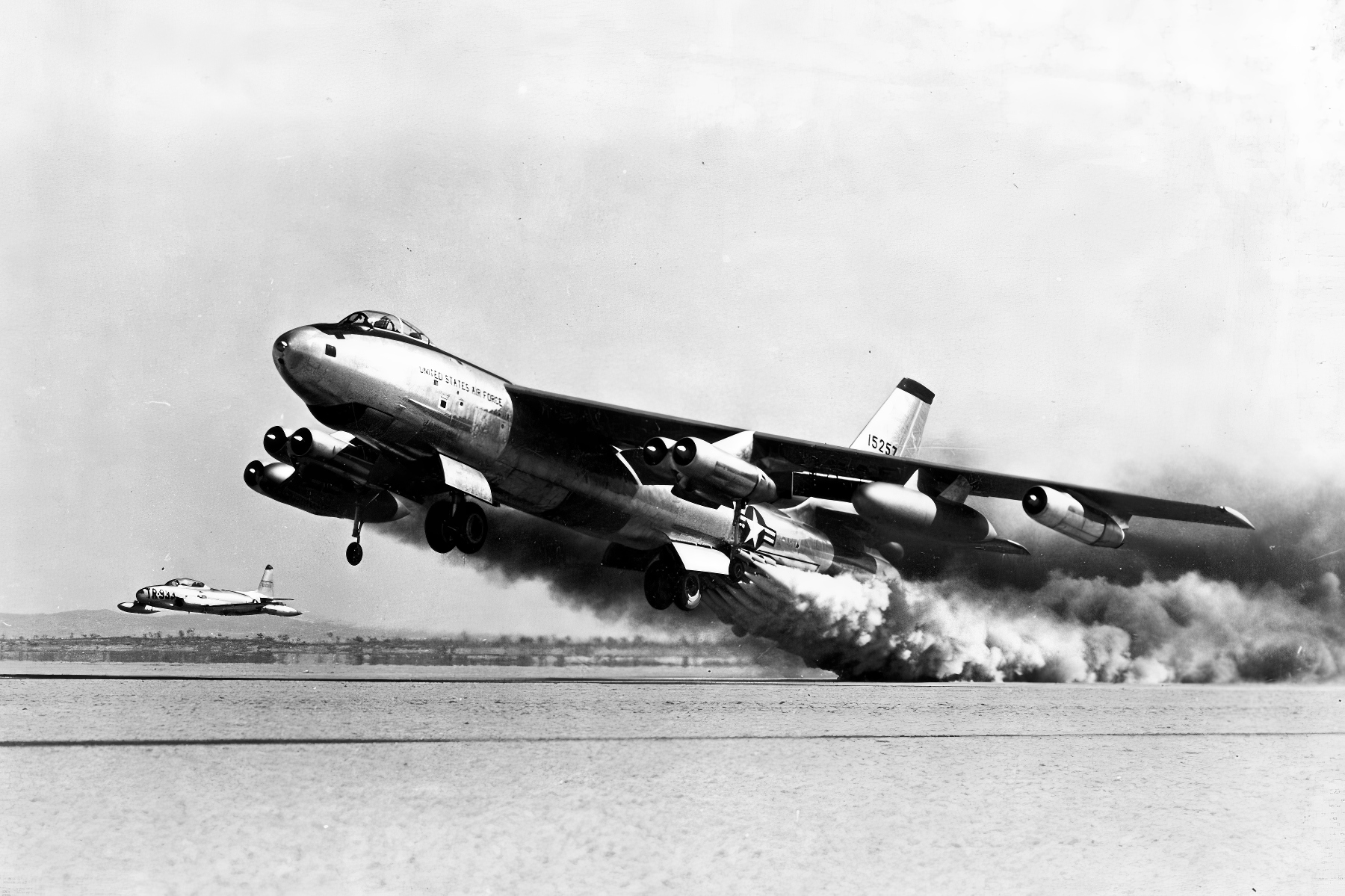
Transforming Vision into Reality
The B-47’s genesis in the early 1940s, during World War II, came in response to a need for a jet-powered reconnaissance bomber, propelling Boeing and others to the forefront of jet-powered flight. Boeing’s integration of jet propulsion and swept-wing aerodynamics, enriched by insights from captured German data, led to the V47 prototype. This prototype laid the foundation for the B-47, which featured the iconic 35-degree swept-back wings, emblematic of modern jet aircraft.
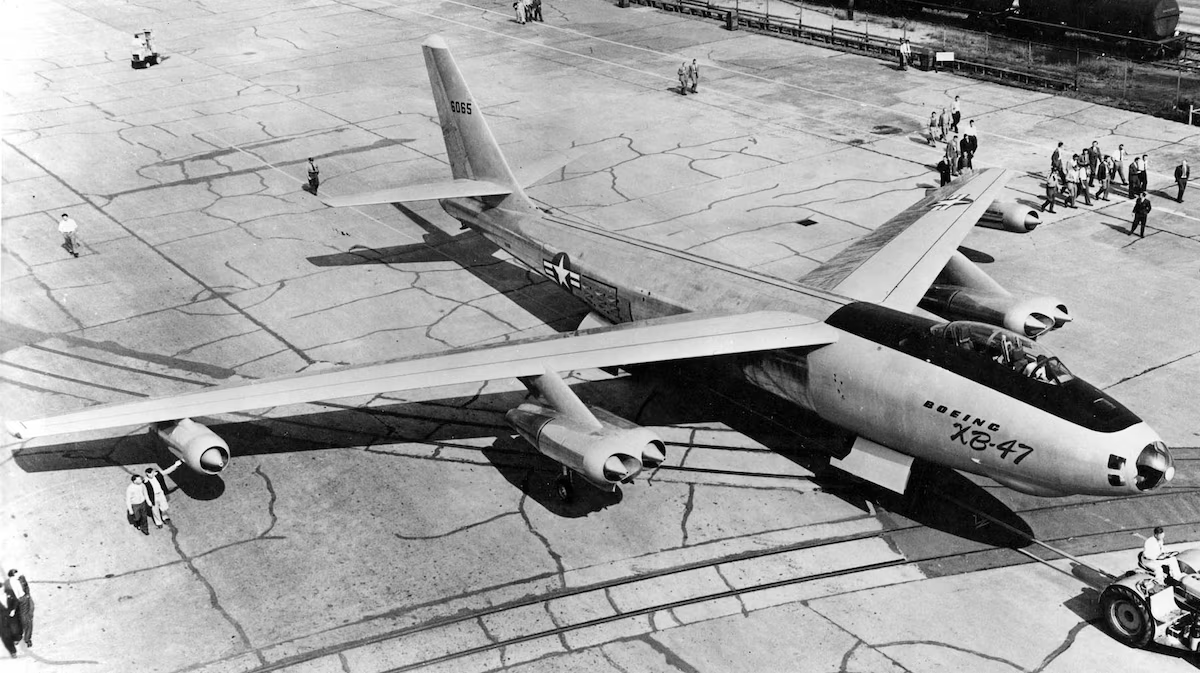
Maiden flight
The maiden flight of the B-47 on December 17, 1947, marked a pivotal moment in aviation, demonstrating unmatched speed and maneuverability. Initially met with skepticism due to its radical design, the aircraft quickly proved its exceptional capabilities. By breaking several speed and distance records, the B-47 embodied the era’s technological optimism and initiated a strategic shift towards prioritizing speed and altitude in defense tactics.
The B-47’s versatility allowed it to fulfill various roles within the SAC, from missile carriage to reconnaissance, making it an indispensable asset during the Cold War. Its capability to operate from global forward bases, combined with rapid takeoff procedures, underscored the SAC’s reach and the U.S. commitment to curbing Soviet influence.
Addressing the Human Element
Despite its technological advances, the B-47’s operation presented significant challenges, from demanding flight characteristics to the stress of readiness conditions. The aircraft’s operation required flawless coordination among three-person crews, with the toll of long-duration flights emphasizing the complexities of managing such an advanced machine. The notable accident rate of the B-47 underscores the human costs associated with advancing technology and maintaining strategic deterrence.
Even as the B-47 phased out of service in the late 1960s, its contributions to aviation and military strategy have persisted. It laid the groundwork for future generations of jet bombers and reconnaissance aircraft, defining the standards for high-speed, high-altitude operations that characterize modern air combat. The Stratojet’s design principles, particularly its swept-wing configuration and jet engine placement, continue to impact aircraft design.
